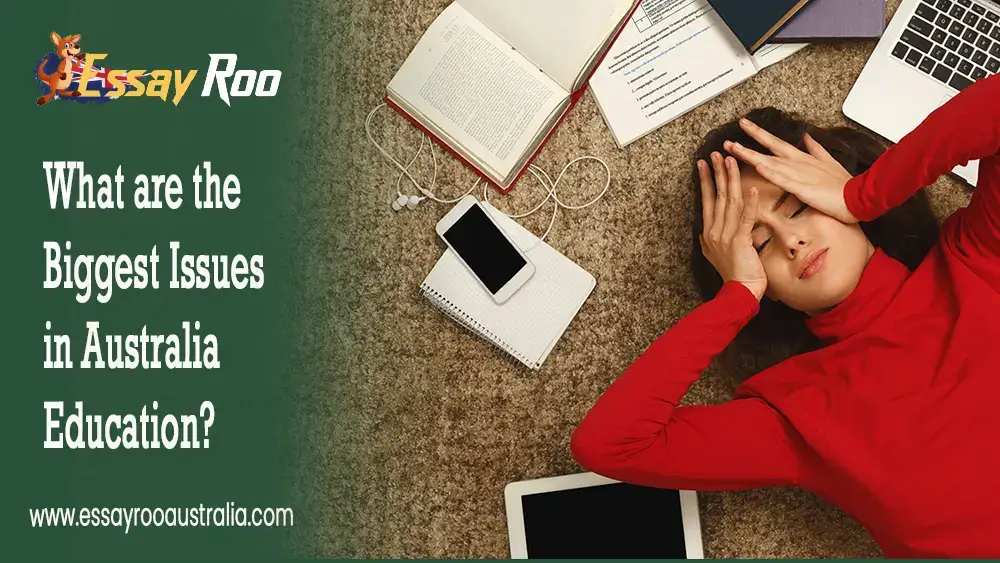Introduction
The Australian education system is beset with problems. However, notwithstanding several changes and continuous government suggestions for change, some issues nevertheless seem unsolvable. Therefore, we will discuss the main causes of Australia’s education system’s shortcomings in this blog.
The Frightening Incidence of Teacher Resignations
Did you know that in Australia, 50% of teachers quit their jobs during the first five years of employment? Moreover, retention efforts for recently qualified educators appear to be diminishing. It is important to note that recent graduates in education possess the most recent findings and pedagogical approaches. One of the best methods for students to view the world with enthusiasm is like this.
However, when new teachers quit and their students become disillusioned, the efforts end too soon. Therefore, it is important to remember that during the next fifteen years, there is expected to be a significant increase in student enrollment. Also, to ensure that students have teachers throughout their study, the Australian education sector needs to figure out how to keep graduate tutors on staff.
Expert Panel on Teacher Education
However, the Teacher Education Expert Panel’s proposals to improve pre-service teacher education and provide assistance for newly hired teachers were accepted by the ministers. Therefore, it is important to take immediate steps to implement these recommendations include creating guidelines for practical teaching and modifying accreditation requirements.
Too Many Adjustments, not Enough Progress
However, many reforms have been happening for the past ten years, but notable results have not yet materialised. Therefore, following are the primary reforms that are anticipated to result in changes:
• Curriculum revisions; an inclusive pre-school year for all children
• National reporting standards for My School Website launched;
- Standardised national tests for reading and numeracy (NAPLAN);
The number of teens who successfully complete their twelfth year is still below average. Therefore, one of the perpetual problems in the Australian education system is the following:
- A fall in the performance of Australian main institutions in the worldwide tests on Science, Literature, and Math.
- Teachers do not take individual student-centered, evidence-based teaching methods seriously;
- Vocational training effectiveness has not improved at all.
- Even after significant national policy improvements by the Australian federal government and state governments, these problems persist.
Differences Amongst Schools
However, Australian schools that are affluent and those that are marginalised differ greatly. Therefore, socioeconomic disparities are the primary cause of the inequities. When a student’s major choice of college divides them based on their socioeconomic standing, this problem gets worse. Moreover, education resources are apportioned based on state spending on main concerns facing Australian schools, according to an OECD analysis. However, the first step in addressing this issue should be to put in place funding rules that would lessen the differences between different institutions.
For many years, Australia’s educational system’s structure has remained unchanged. However, it is past time for the education sector to demand personalised, flexible learning that caters to each student’s unique needs. Therefore, it is important for academics, decision-makers, and educators to collaborate in order to address the problems in education.
Artificial Intelligence in Education
However, ministers decided to consult on a draft AI Framework for Schools for further consideration after discussing the National Artificial Intelligence (AI) Taskforce’s development of a framework for AI application in schools.
Therefore, some of the world’s top principals believe that schools must adapt to the enormous changes that are occurring in tandem with the rise of artificial intelligence (AI) or risk being redundant due to the technology’s rapid adoption in both businesses and education. Students are also take Australian Assignment help in order to get good marks in their assignments.
Vaping in Educational Settings
Ministers decided to collaborate with Health Ministers on a national education campaign that will involve students in the campaign’s design and educate youth about the risks associated with e-cigarette usage and marketing.
Underappreciated occupation
We also need to hold teachers in the greatest regard in order to draw in the best candidates.
Perhaps the most difficult job of all is teaching, yet unlike Finland, where teachers are treated with the same regard as doctors. However, we do not acknowledge that teaching merits the same level of trust and respect as the medical field. Finland also requires teaching credentials at the graduate level.
Graduate students contribute practical experience, in-depth subject knowledge, critical thinking, and maturity. However, These characteristics have greater selection power than the Australian Tertiary Admission Rank (ATAR) for year 12.
Expectations from the Community and Employee Safety
Ministers talked about the difficulties faced by educators and school administrators in meeting the growing demands of the community for them to address new social issues. Therefore, while still carrying out their primary responsibility of offering a student-centered education.
Promoting Principals’ and School Leaders’ Well-Being
The crucial role that principals and other school administrators play was one of the main topics covered at the EMM. After their discussions, Ministers requested that the Australian Education Senior Officials Committee provide the EMM with recommendations on how to improve support for their well-being.

